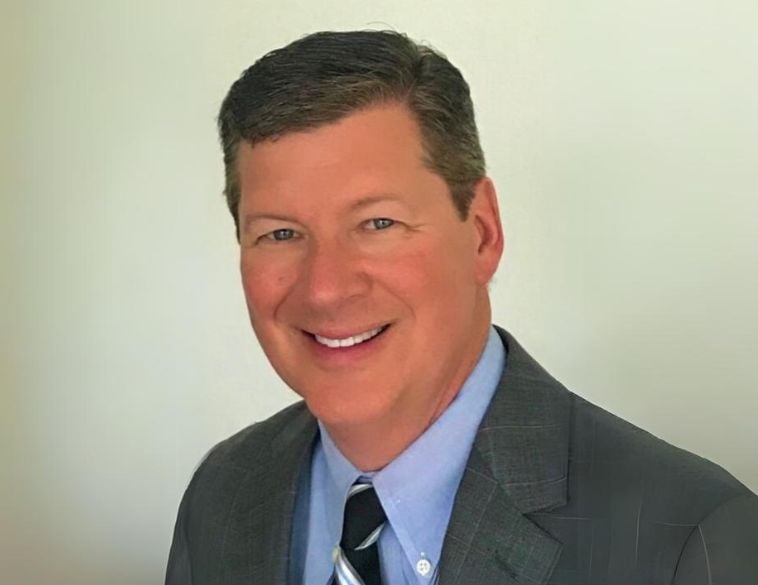Recyclers, insurers and repairers are seeing the benefits of working together on ESG initiatives
Environmental and Social Governance (ESG) is a hot topic in the business world and by extension the automotive industry. As far as auto recycling is concerned, the Environmental aspect of ESG represents a big part of what we do.
In the run-up to this year’s OARA Convention (which took place from March 30-April 1 at the Hilton Mississauga/Meadowvale), we received numerous enquiries from members as well as insurers and collision repairers about ESG and how they can learn more about it at events like ours.
Defining feature
When it comes to ESG, the environmental component is in a way, what defines auto recycling. An interesting aspect, however, is that for the insurers that we work with, ESG is going to become an ever more important part of their business. Basically, it defines how organizations are being run and documenting all practices and initiatives that revolve around conserving energy and protecting the environment, such as using less water and reducing pollution output. In addition, numerous studies have shown that using recycled auto parts is a significant contributor to reaching their Net Zero carbon commitments.
Back in 2008, the Automotive Recyclers of Canada (ARC) developed the National Code of Practice for Automotive Recyclers (CoP) which was originally developed for recyclers participating in the National Vehicle Recycling program (also known as Retire your Ride).
When that initiative ended in 2011, CoP was renamed the Canadian Auto Recyclers Environmental Code (CAREC) which is still active. In fact, it has proven very successful. Since audits began, recyclers have been achieving higher and higher scores as it relates to environmental stewardship. In 2013, when we started capturing all the results from CAREC audits from participating recyclers, the score was 83%, by 2022 that had increased to 95%.
Incentive for improvement
Those recyclers that don’t meet CAREC’s criteria do get scrutiny and lose points, so the incentive is there to continuously improve environmental practices and that is what we’ve seen. Today, we are getting more and more insurers asking about our ESG practices and initiatives like CAREC and they’re coming at it not just from claims and severity perspective, but asking about the percentage of recycled parts being used per claim and how that is not only helping them, and shops save money, but also in reducing the length of rental (LOR).
This is particularly significant in the current era, where the supply of new OEM and aftermarket parts continue to be an issue.
We see more of these conversations happening and more interest from insurers and repairers in attending events like the OARA Convention. It is here where they can see what we’re doing and how we are bringing these different groups together for achieving a common objective.
Tailwind environment
And it all fits well with the current environment in which we operate. Recyclers are currently experiencing tailwinds due to the record demand for parts. There are situations where collision repairers are running out of room to store cars in need of repair, and we can provide a solution by providing them with recycled parts so they can fix these vehicles.
Doing so successfully, however, does require education and collaboration and in Canada, there tends to be this common understanding that for one of us to succeed, we all need to succeed.
And, as far as recyclers, repairers and insurers are concerned, that is something clearly achievable by working together.



